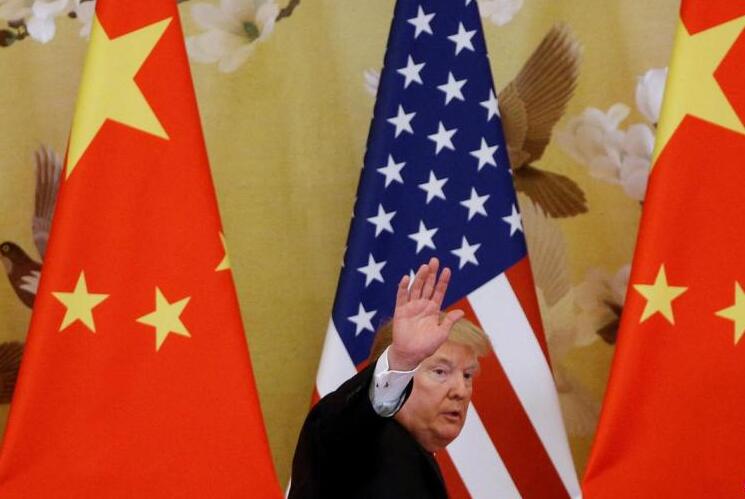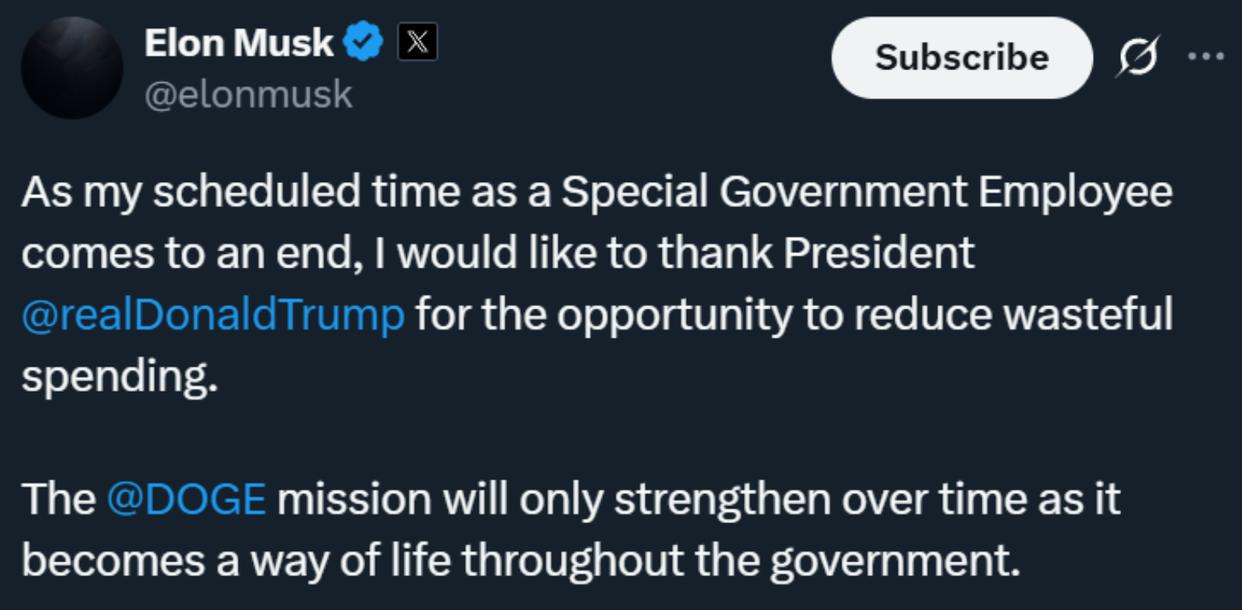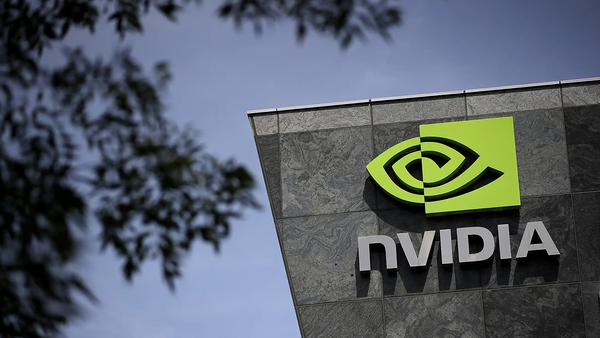
After President Trump took office in 2025, the executive branch may have significantly increased capabilities and willingness to take extraordinary measures under the pretext of “national security.”
In August 2019, during the escalating US-China trade war, then-President Trump issued a series of tweets demanding that American companies “immediately start looking for…an alternative to China” and relocate their production back to the United States. This demand led to a stock market plunge and raised concerns among US companies doing business with China.
Although Trump’s stance eventually softened, this threat highlighted a disturbing reality that the world must face as he prepares to return to the White House: the president has the authority to sever ties with the world’s second-largest economy, and he can do so at a whim.
After decisively defeating Vice President Harris, Trump’s impulsive and aggressive approach to handling foreign affairs seems to be looming. If his past behavior is any indication, the business sector in the United States may soon face another round of unpredictable and high-risk manipulation targeting China.
While the US Constitution grants the power over foreign affairs to both the president and Congress, this carefully crafted arrangement aimed to constrain the executive branch’s discretion through legislative oversight. However, this balance has undergone significant changes in recent decades. Foreign policy is now almost entirely concentrated in the executive branch and is largely unchecked. Political scientists argue that this trend is a result of increasing partisan bias and a decline in congressional expertise. With both parties leaning towards taking a hardline approach against China, Trump will have greater freedom to confront China.
Simultaneously, the term “national security” has been proven to have significant interpretive latitude, far beyond traditional concerns like homeland security and cybersecurity, now encompassing everything from cross-border data flows and supply chain vulnerabilities to protecting industries deemed too critical to be dominated by foreign competitors.
This broad definition allows the president to take actions that were unimaginable a decade ago. Some measures taken by Trump and his successor Biden include sanctioning Huawei and ZTE, removing TikTok from app stores, preventing Chinese investment in a dating app, launching the controversial “China Initiative” mainly targeting Chinese researchers in the US, imposing semiconductor export restrictions on China, limiting US investments in Chinese artificial intelligence and quantum computing, and recently imposing a 100% tariff on Chinese electric vehicles and batteries.
Many of these radical policies should only be implemented in times of emergency. However, the definition of “emergency” has been greatly expanded to now include containing China’s rise. When President Trump took office in 2025, the executive branch’s ability and willingness to take extraordinary measures under the guise of “national security” may significantly increase.
While US courts have the authority to review presidential powers (as seen in their blocking of Trump’s attempts to remove TikTok and WeChat), oversight over foreign policy is limited. Particularly on national security issues, federal courts have historically been quite compliant, especially when Congress and the president are in agreement. The recent TikTok legislation demonstrates how Congress can swiftly reclaim executive power under judicial constraints. As a result, TikTok and other Chinese companies must constantly deal with the executive branch’s recurring hostile attitude, like an endless game of whack-a-mole.
Ironically, the concentration of power in the hands of the US president mirrors the governance model in China that American leaders harshly criticize. As described in my book “High Wire: How China Regulates Big Tech and Governs its Economy,” the consolidation of political power in China over the past decade has often led to significant policy fluctuations, damaging investor confidence and suppressing entrepreneurial spirit. Some recent missteps by the Chinese government, from mishandling the COVID-19 pandemic to crackdowns on the tech and real estate industries, and now the sluggish response to increasing deflation risks, should serve as cautionary tales.
Similarly, the United States is beginning to feel the unintended consequences of its hostile policies towards China. The “China Initiative” has led to a significant outflow of talented Chinese scientists, many of whom have returned to China. Meanwhile, the effectiveness of harsh US sanctions and export controls is waning. While Huawei initially struggled under these measures, it has recently thrived with strong state support and a determination for self-sufficiency. US efforts to contain China could potentially create a more resilient opponent – one that grows stronger under targeted suppression.
However, US government agencies have not only failed to reassess the effectiveness of their hardline strategies but have intensified sanctions and restrictions. Even though the infamous “China Initiative” has been “terminated,” it continues to exist in a form that is almost undisguised.
So far, discussions about US-China competition have largely viewed China’s rise as the main catalyst for shifts in American policy. However, this perspective overlooks a key point: this conflict can also be traced back to a lack of democracy in US foreign policy formulation. If the US continues to take increasingly extreme measures to contain China (which a second term of the Trump administration is likely to do), it risks exacerbating this deficit and becoming the very type of regime it opposes.
(The author is a law professor at the University of Southern California)










